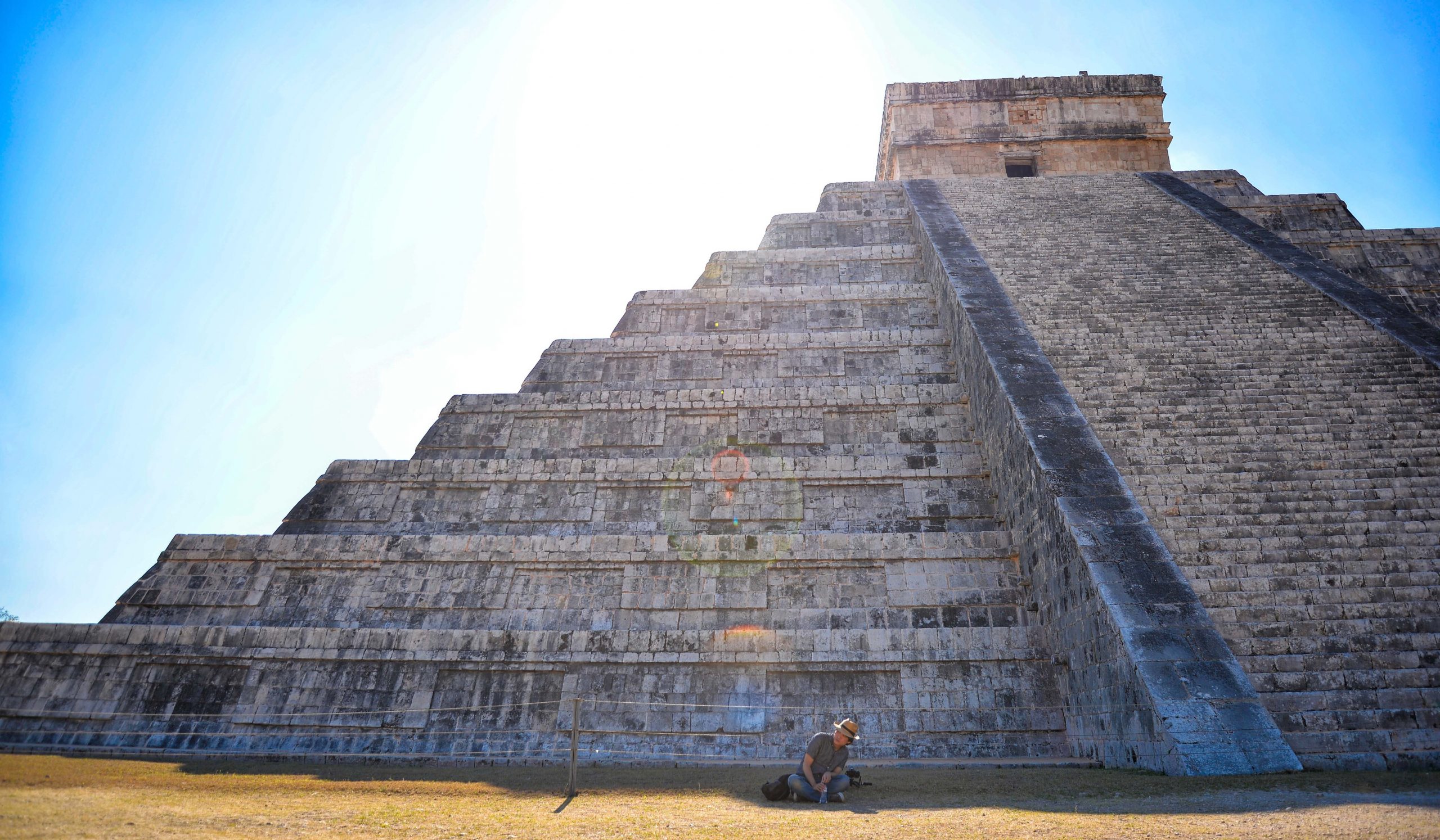Echoes Of Eclipses: Hidden Archaeoastronomy Sites In New Mexico

Have you ever wondered about the ancient secrets hidden in New Mexico? This state isn't just about stunning landscapes and rich culture. It also holds some of the most fascinating archaeoastronomy sites in the world. These places reveal how ancient civilizations understood the stars and used them to guide their lives. From Chaco Canyon to Fajada Butte, each site offers a glimpse into the past, showing how our ancestors connected with the cosmos. Ready to explore these hidden gems? Let's dive into the world of eclipses, solstices, and celestial alignments that have stood the test of time.
Echoes of Eclipses: Hidden Archaeoastronomy Sites in New Mexico
New Mexico, with its vast desert landscapes and clear skies, holds secrets of ancient civilizations. These secrets are etched in stone, aligning with celestial events. Let's uncover some of these hidden gems.
Ancient Sites Aligned with the Stars
New Mexico's ancient cultures were deeply connected to the cosmos. They built structures that aligned perfectly with celestial events like solstices and eclipses. Here are some must-visit archaeoastronomy sites.
Chaco Canyon
- Chaco Canyon is a UNESCO World Heritage Site. The ancient Puebloans constructed buildings that align with solar and lunar cycles. The Sun Dagger, a rock formation, marks solstices and equinoxes with precision.
Fajada Butte
- Near Chaco Canyon, Fajada Butte features spiral petroglyphs. During solstices, sunlight passes through rock slabs, illuminating these spirals. This site showcases the advanced astronomical knowledge of its creators.
Petroglyph National Monument
- Located in Albuquerque, this monument houses thousands of petroglyphs. Some carvings align with celestial events, offering insights into the spiritual and astronomical beliefs of the ancient inhabitants.
Sacred Sites with Celestial Connections
Beyond the well-known locations, New Mexico hides lesser-known sites with celestial significance. These places offer a glimpse into the spiritual lives of ancient cultures.
Three Rivers Petroglyph Site
- This site contains over 21,000 petroglyphs. Some carvings depict celestial events and align with the sun's movements. It's a treasure trove of ancient astronomical knowledge.
Gila Cliff Dwellings
- The Mogollon people built these cliff dwellings. The structures align with solar events, indicating their builders' understanding of the sun's path. Visiting this site feels like stepping back in time.
Bandelier National Monument
- Bandelier features ancient dwellings and petroglyphs. Some carvings align with celestial events, reflecting the deep connection between the inhabitants and the cosmos.
Hidden Gems Off the Beaten Path
For those willing to venture off the beaten path, New Mexico offers hidden archaeoastronomy sites. These locations provide a more intimate experience with the ancient world.
Chimney Rock
- Located near the Colorado border, Chimney Rock features twin spires. The Ancestral Puebloans used these spires to track lunar standstills. It's a remote site, offering stunning views and a sense of solitude.
Casamero Pueblo
- This lesser-known site features ruins that align with solstices. The ancient builders' understanding of astronomy is evident in the precise construction of these structures.
Abo Ruins
- Part of the Salinas Pueblo Missions, Abo Ruins align with solar events. The site offers a glimpse into the lives of the ancient inhabitants and their connection to the cosmos.
Modern Connections to Ancient Astronomy
New Mexico's archaeoastronomy sites aren't just relics of the past. They continue to inspire and educate, connecting modern visitors to ancient wisdom.
Very Large Array (VLA)
- While not an ancient site, the VLA near Socorro connects past and present. This radio astronomy observatory explores the universe, continuing the tradition of celestial observation in New Mexico.
New Mexico Museum of Space History
- Located in Alamogordo, this museum bridges ancient and modern astronomy. Exhibits explore the history of space exploration, linking it to the ancient practices of celestial observation in the region.
New Mexico's archaeoastronomy sites offer a unique blend of history, culture, and science. Each visit reveals the profound connection between ancient civilizations and the cosmos.
Discover New Mexico's Hidden Wonders
New Mexico offers more than just stunning landscapes. Its hidden archaeoastronomy sites reveal a rich history intertwined with the cosmos. Places like Chaco Canyon and Fajada Butte showcase ancient civilizations' deep understanding of astronomy. These sites provide a unique glimpse into how early cultures viewed the skies. Visiting these locations not only enriches your knowledge but also connects you to the past. Whether you're an astronomy enthusiast or a history buff, New Mexico's hidden gems offer something special. Plan your trip, explore these ancient sites, and experience the echoes of eclipses that have fascinated humans for centuries. Don't miss out on this opportunity to uncover the mysteries of the past. New Mexico awaits with its timeless wonders.

